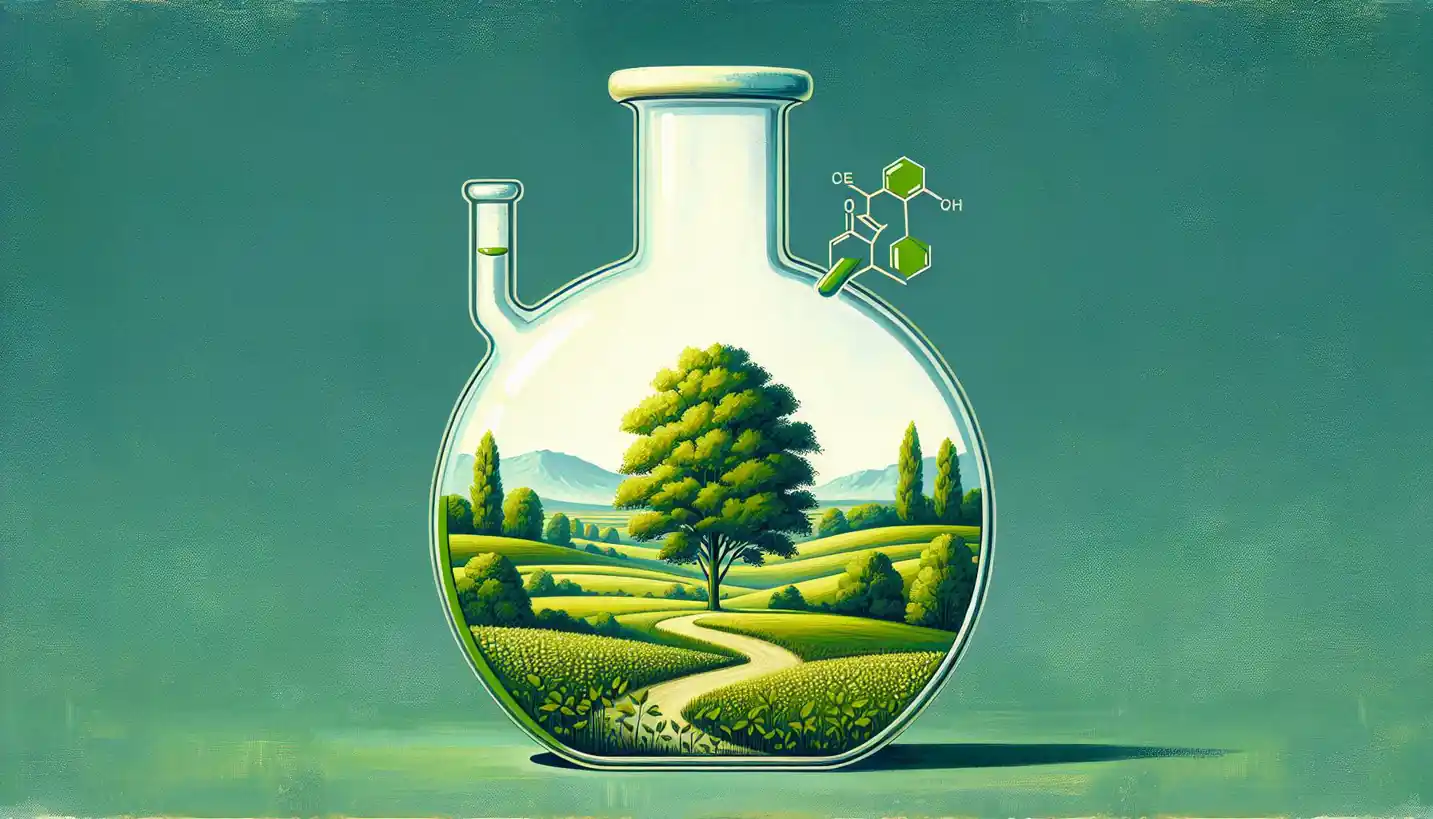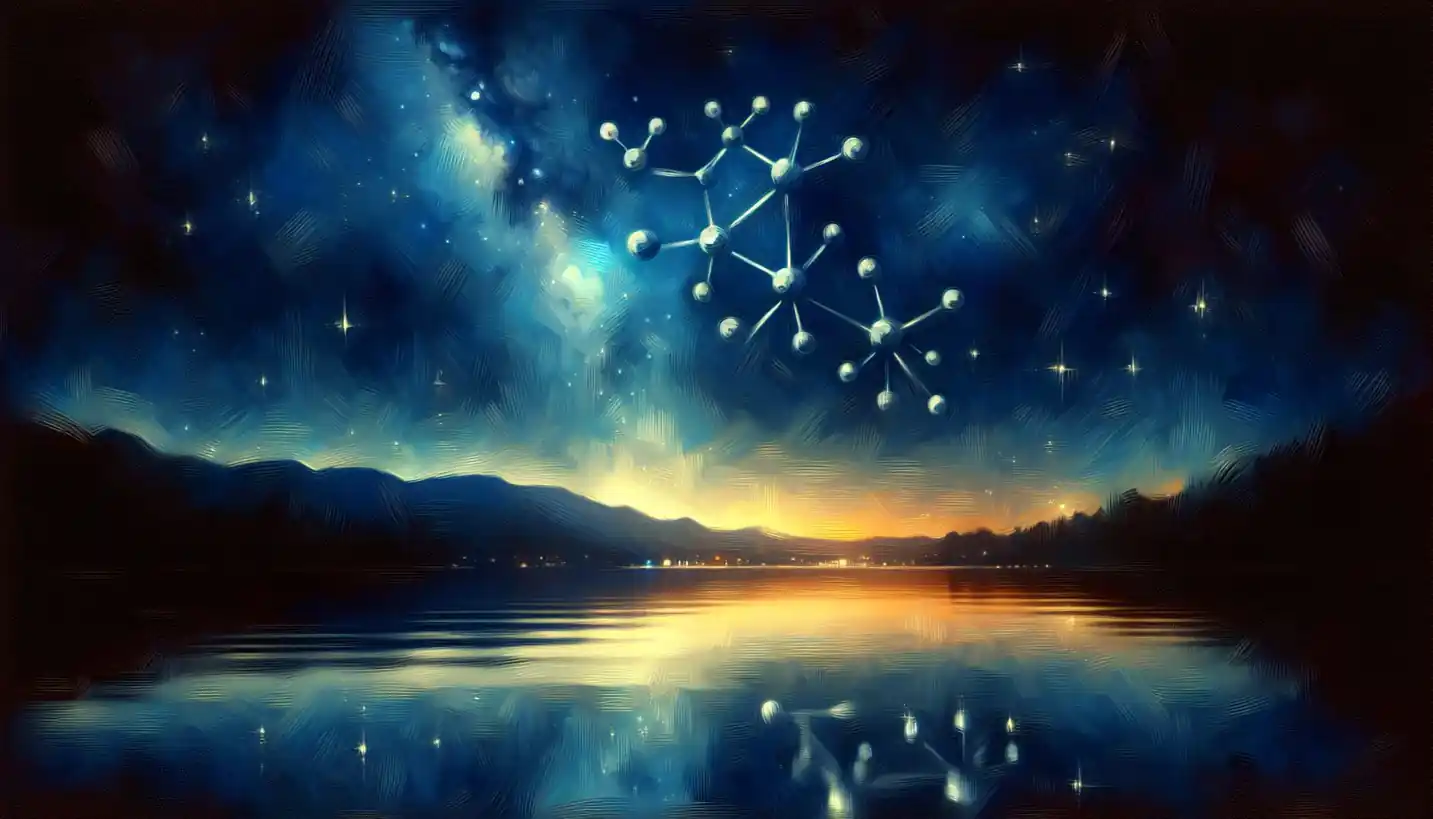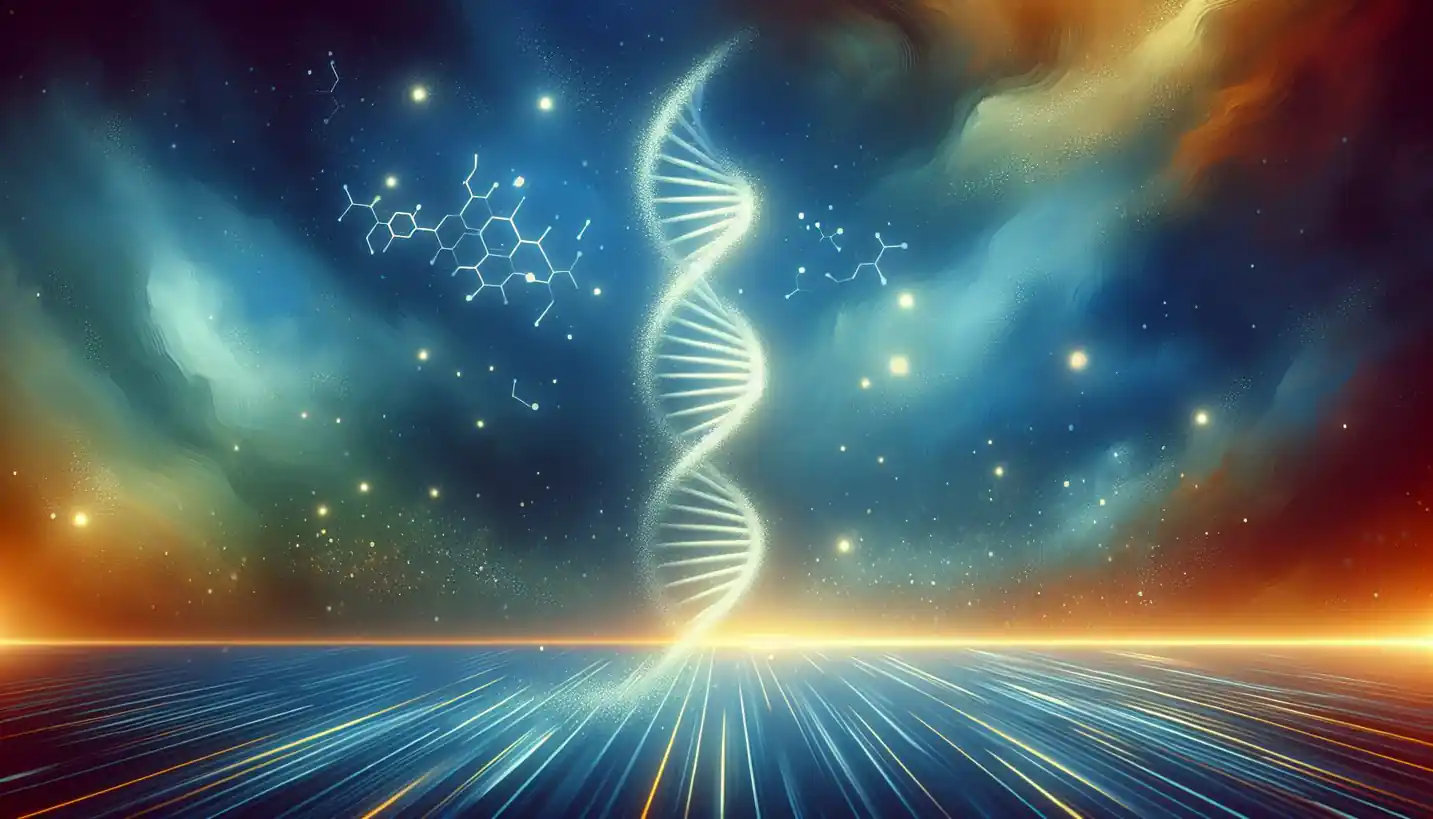· Chemistry · 4 min read
Quantum Entanglement: Unlocking Nature's Mystical Connections
Quantum entanglement unveils nature's mysterious connections, where particles remain linked regardless of distance, challenging traditional concepts.

Picture yourself standing at the shoreline of a vast, unexplored ocean called quantum chemistry. This is where quantum entanglement, a cornerstone of this mysterious realm, truly shines. It’s a phenomenon that Albert Einstein famously dubbed “spooky action at a distance,” and for good reason. It challenges our understanding of the universe and blurs the lines between reality and science fiction.
What is Quantum Entanglement?
At its heart, quantum entanglement is the concept that two or more particles become interconnected in such a way that the state of one instantly influences the state of another, regardless of the distance separating them. Imagine having two pairs of magical dice, where rolling one die automatically determines the outcome of the other, even if it’s on the opposite side of the world. The connection is instantaneous, defying the quintessential speed limit of the universe – the speed of light.
Why is it Important in Quantum Chemistry?
In quantum chemistry, understanding how atoms and molecules interact requires us to explore entanglement. It’s not merely about particles being bound together physically; rather, they share a sort of invisible bond that carries potential for infinite information transfer. This connection at the atomic level has implications for how elements bond and react with one another.
A Historical Perspective
Let’s roll back the clock to 1935, when Einstein, Boris Podolsky, and Nathan Rosen formulated the EPR paradox. They were trying to showcase that quantum mechanics, the theory describing the behavior of particles at the smallest scales, was incomplete. Despite their doubts, subsequent experiments confirmed that entanglement was indeed real.
Then came John Bell in the 1960s, who devised what we now call Bell’s Theorem. His work provided a solid foundation for testing quantum entanglement through experiments that repeatedly confirmed its existence. These revelations helped shift this odd phenomenon from theoretical speculation to established science.
The Dance of Electrons
In the quantum world, electrons don’t follow the ordinary rules of classical physics. They exhibit wave-like behaviors, meaning they don’t move in fixed orbits but rather exist in probable states. This is where entanglement becomes significant. When electrons in a molecule become entangled, changing the state of one can affect its entangled partner. This dance of electrons influences properties like magnetism and electrical conductivity.
Take molecular hydrogen, the simplest of molecules, as an example. It comprises two hydrogen atoms sharing their electrons. When these electrons become entangled, they can influence each other’s energy states, impacting how the molecule absorbs or emits light.
Real-Life Applications
Entanglement isn’t just a curious phenomenon confined to labs. Its real-life applications are groundbreaking. Quantum computing, for instance, relies heavily on entanglement. In contrast to classical computers, which use bits (either 0 or 1), quantum computers use quantum bits or qubits. These qubits can exist as 0, 1, or both simultaneously because they are entangled. This property allows quantum computers to solve complex problems much faster than conventional computers.
Furthermore, quantum entanglement plays a pivotal role in quantum cryptography, which promises ultra-secure communication channels. In this realm, any attempt to eavesdrop on entangled particles alters their state, instantly alerting the communicators to a breach.
Entanglement in Nature
Have you ever considered how birds navigate thousands of miles every year with pinpoint accuracy? Some scientists speculate that entanglement might play a role here too. Birds, such as robins, are thought to use a protein in their eyes that could be sensitive to the Earth’s magnetic field, potentially involving entangled electrons. This is an exciting area of research, offering a glimpse into how nature itself might exploit quantum mechanics.
Challenges and Future Directions
Although entanglement is a key to many cutting-edge technologies, harnessing and maintaining it in practical applications is challenging. Keeping particles entangled over long distances or long periods is difficult due to environmental interference, termed “decoherence.”
However, researchers are creatively tackling these challenges. Quantum networks, using satellites and fiber optics, may one day enable a global quantum internet, revolutionizing how we share information.
A World Beyond Imagination
Quantum entanglement is not just about understanding tiny particles; it’s about reimagining the very fabric of reality. It pushes the boundary of what we know, urging us to question and explore continually.
As we delve deeper into quantum chemistry, we realize there’s still much to uncover. Entanglement, with its bizarre yet beautiful properties, promises endless possibilities. What other secrets lie hidden within these mystical connections? Only time, and our relentless curiosity, will tell.


